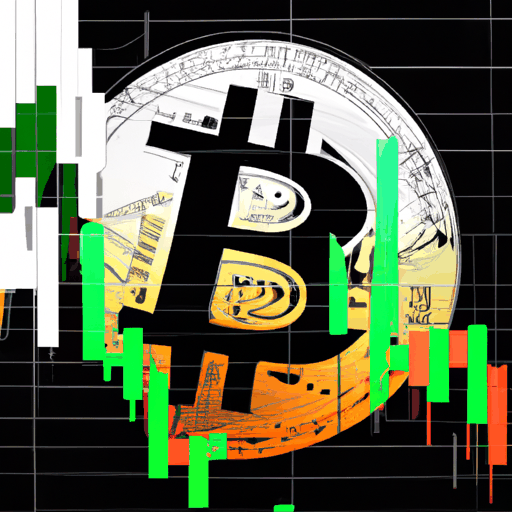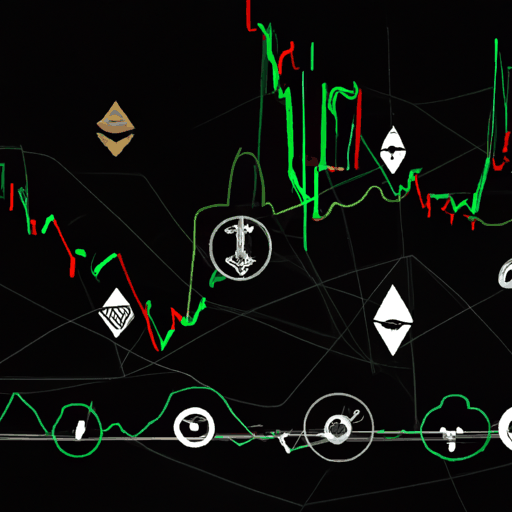
Bitcoin Steadies Amid U.S. GDP Decline and Economic Uncertainty
By: Eliza Bennet
The U.S. economy contracted at an annual rate of 0.2% in the first quarter of 2025, according to revised figures released by the Bureau of Economic Analysis. This contraction, though subtle, conveys a notable decline in economic activity as inflation-adjusted final sales fell by 2.9% and household spending growth slowed to 1.2%. Notably, tariff-driven imports significantly impacted the GDP, subtracting nearly 1.5 percentage points.
This economic backdrop has had limited effect on Bitcoin's performance, which remains resilient above the $108,000 mark despite a slight dip of 0.4% following the report's release. The Bitcoin market's stability amidst these developments highlights a strong foundation in the face of domestic economic pressures.
The latest GDP data reflects broader economic challenges, with corporate profits experiencing a downturn of 3.6%, ending a two-year growth streak, and investments in equipment and structures plateauing. Meanwhile, the labor market is showing signs of easing, with initial jobless claims recorded at 240,000 for the week ending May 24, and continuing claims rising to 1.919 million. This data suggests a gradual deceleration in hiring without widespread layoffs.
Additionally, price gauges remain elevated, with the GDP price index climbing to 3.7% and core personal consumption expenditures prices advancing to 3.4%, surpassing the Federal Reserve's 2% target. With inflation remaining high, the Fed's options for cutting interest rates are limited, maintaining the "higher for longer" policy stance until labor market slack and cooling inflation become more apparent.
Looking forward, while high-frequency economic trackers like the Atlanta Fed's GDPNow point to a potential mild rebound of 2.2% for Q2, this estimate has been diminishing, suggesting potential further weakness if layoffs increase or tariffs continue to weigh on economic activity. The consistent pressure on consumer spending and declining corporate profits raise concerns that this current contraction may signal the beginning of a more prolonged economic slowdown rather than an isolated occurrence.



